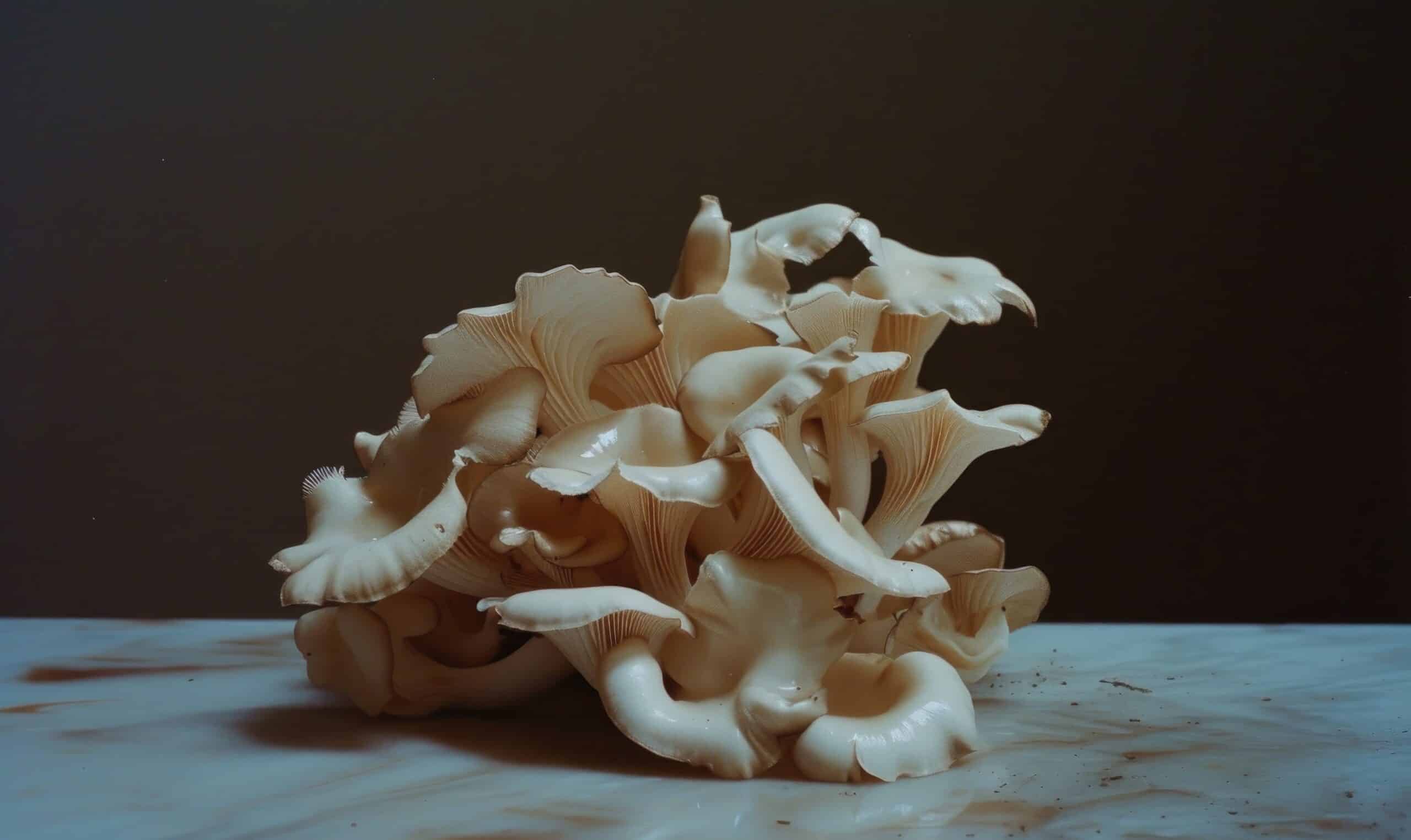What Can You Mistake Chicken of the Woods For?
Key Takeaways
- Chicken of the Woods mushroom is known for its vibrant colors and meaty texture.
- There are several mushrooms that can be mistaken for Chicken of the Woods, including the True Chanterelle Mushroom, Jack O Lantern Mushroom, Velvet Top Fungus, Sulfur Shelf Mushroom, and Giant Polypore.
- Differentiating factors include differences in cap shape, texture, pore surface, and color.
If you’re an avid mushroom forager, you may have come across the Chicken of the Woods mushroom. Known for its vibrant colors and meaty texture, this edible fungus is a popular find in the wild. However, it’s important to exercise caution when identifying mushrooms, as there are several look-alike species that can be mistaken for Chicken of the Woods. In this article, we will explore these potential doppelgangers and discuss how to differentiate them from the real thing.
1. True Chanterelle Mushroom
One common mushroom that can be mistaken for Chicken of the Woods is the True Chanterelle Mushroom. Both mushrooms share a similar color palette, with shades of yellow and orange. However, there are a few key differences to look out for. Chicken of the Woods has a fan-shaped or semi-circular cap, while Chanterelles have a more irregular and funnel-shaped cap. Additionally, Chicken of the Woods has a pore surface on the underside of the cap, while Chanterelles have ridges.
2. Jack O Lantern Mushroom (Poisonous)
The Jack O Lantern Mushroom is another look-alike that can be mistaken for Chicken of the Woods. While Chicken of the Woods is edible and delicious, Jack O Lantern Mushrooms are poisonous. One of the main distinguishing features between the two is the presence of gills in Jack O Lantern Mushrooms, whereas Chicken of the Woods has a pore surface. The cap texture also differs, with Chicken of the Woods having a wavy texture and Jack O Lantern Mushrooms having a smooth surface.
3. Velvet Top Fungus
The Velvet Top Fungus, also known as Phaeolus schweinitzii, is another mushroom that can be mistaken for Chicken of the Woods. Both mushrooms have a similar growth habit, often found growing on the trunks or branches of hardwood trees. However, there are some distinct differences. Chicken of the Woods has a vibrant yellow or orange color, while Velvet Top Fungus tends to have a more muted brownish-orange hue. Additionally, Velvet Top Fungus has a velvety texture on the cap, whereas Chicken of the Woods can range from smooth to finely-wrinkled.
4. Sulfur Shelf Mushroom
The Sulfur Shelf Mushroom, also known as Laetiporus sulphureus, is another mushroom that can be mistaken for Chicken of the Woods. Both mushrooms have a similar shelf-like growth habit and can be found on dead or dying hardwood trees. However, there are some key differences to note. Chicken of the Woods has a pore surface on the underside of the cap, while Sulfur Shelf Mushrooms have gills. Additionally, Chicken of the Woods has a bright yellow or orange color, while Sulfur Shelf Mushrooms have a vibrant sulfur yellow color.
5. Giant Polypore
The Giant Polypore, also known as Meripilus giganteus, is another mushroom that can be mistaken for Chicken of the Woods. Both mushrooms have a similar growth habit, often found growing in clusters or shelves on hardwood trees. However, there are some distinct differences. Chicken of the Woods has a fan-shaped or semi-circular cap, while Giant Polypore has a more irregular and kidney-shaped cap. Additionally, Chicken of the Woods has a pore surface on the underside of the cap, while Giant Polypore has gills.
When identifying mushrooms, it’s important to rely on multiple characteristics and not solely on visual cues. While the mushrooms mentioned above may share some similarities with Chicken of the Woods, there are distinct differences in their cap shape, texture, pore surface, and color. To ensure accurate identification, it is recommended to cross-reference findings with reputable field guides or consult with experienced foragers.
Related Websites:
FAQs:
Q: What makes chicken of the woods mushrooms unique?
Chicken of the woods mushrooms are popular for their unique characteristics. They have a bright orange or yellow color, a shelf-like structure, and a soft flesh. What sets them apart is their lack of gills and spore-bearing structures.
Q: How do you identify chicken of the woods mushrooms?
Chicken of the woods mushrooms can be identified by their bright orange or yellow coloration, shelf-like structure, and soft flesh. They are commonly found in preferred habitats like dead or decaying trees and are known to grow in various regions.
Q: What mushrooms can be mistaken for chicken of the woods?
There are a few mushrooms that can be mistaken for chicken of the woods. The sulphur shelf mushroom shares a similar color and texture but grows on decaying trees and may have a bitter taste. The jack-o’-lantern mushroom resembles chicken of the woods in its early stages but is bioluminescent and toxic. The false turkey tail mushroom has a similar shape and growth pattern but lacks vibrant color and grows on dead wood.
Q: How can I accurately identify chicken of the woods mushrooms?
To accurately identify chicken of the woods mushrooms, it is recommended to consult field guides, mushroom identification books, or reputable online resources. Beginners can also seek guidance from experienced foragers or join local mycological societies for assistance.
Q: Why is it important to correctly identify chicken of the woods mushrooms?
Correctly identifying chicken of the woods mushrooms is crucial to avoid mistaking them for toxic or inedible species. Mistaking them for look-alikes can pose potential risks. It is important to exercise caution, conduct further research, and practice responsible foraging.






